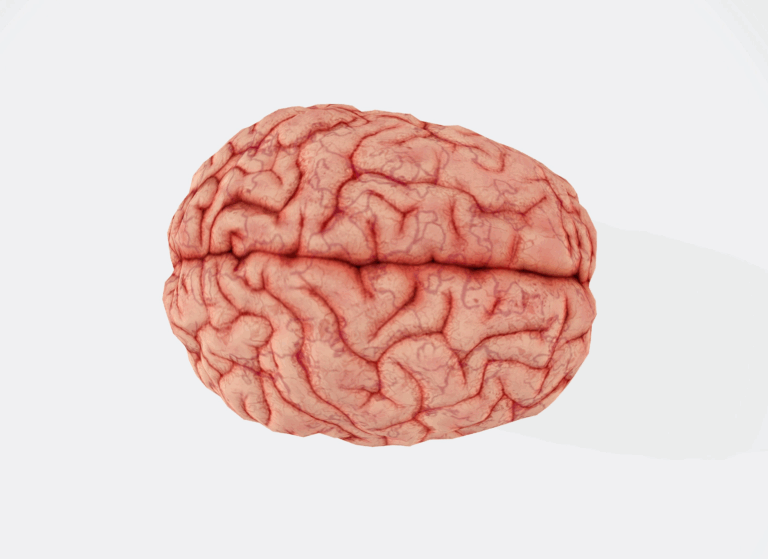Repeated head trauma causes neuron loss and inflammation in young athletes

An important publication has been released this month from a group of North American researchers. The authors include Ann McKee, one of the leading global authorities in the field of brain damage following repeated head trauma. The paper was published in Nature – recognised as one of the leading scientific journals.
The brains of people who had died at less than 51 years old were examined. Some had documented early chronic traumatic encephalopathy (CTE), others exposed to repetitive head impacts (RHI) but with no obvious CTE, and a control group with no known RHI.
The findings in the brains of those exposed to RHI showed critical changes in the brains prior to the development of the p-tau deposition characteristic of CTE. They found that RHI led to alterations in the nerve components of our brains, alterations in blood supply, disruption of the blood-brain barrier and inflammation. These changes can adversely affect the ability of our brains to fully repair. They may account for some of the early changes in brain functioning observed and, in unfortunate cases, lead to CTE.
It is acknowledged by the authors that the number of brains examined is relatively small and that more work is needed in this area. However, it increases our understanding that brain changes can occur early and raises the hope that in the future markers of damage will be developed. This may lead to a better understanding of damage and recovery following sports-related head injury and open the possibilities for early treatment interventions.
Butler, M.L.M.D., Pervaiz, N., Breen, K. et al. Repeated head trauma causes neuron loss and inflammation in young athletes. Nature (2025). https://doi.org/10.1038/s41586-025-09534-6
Photo by BUDDHI Kumar SHRESTHA on Unsplash
